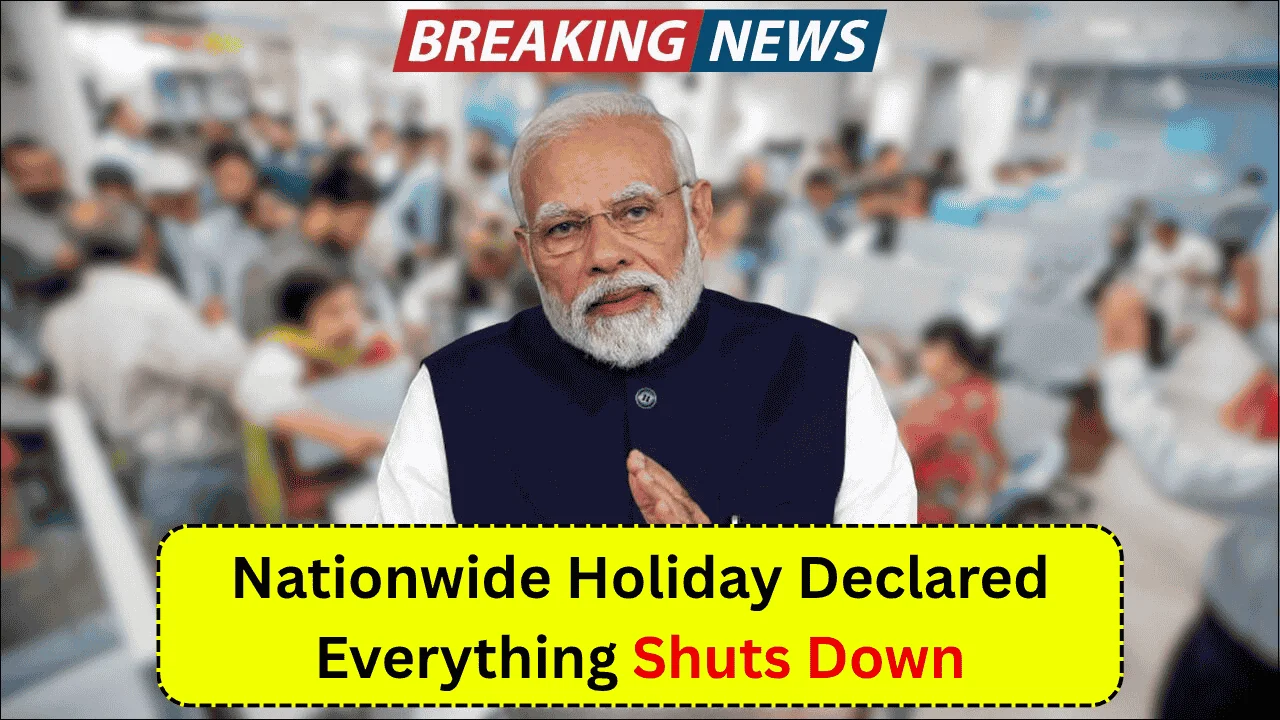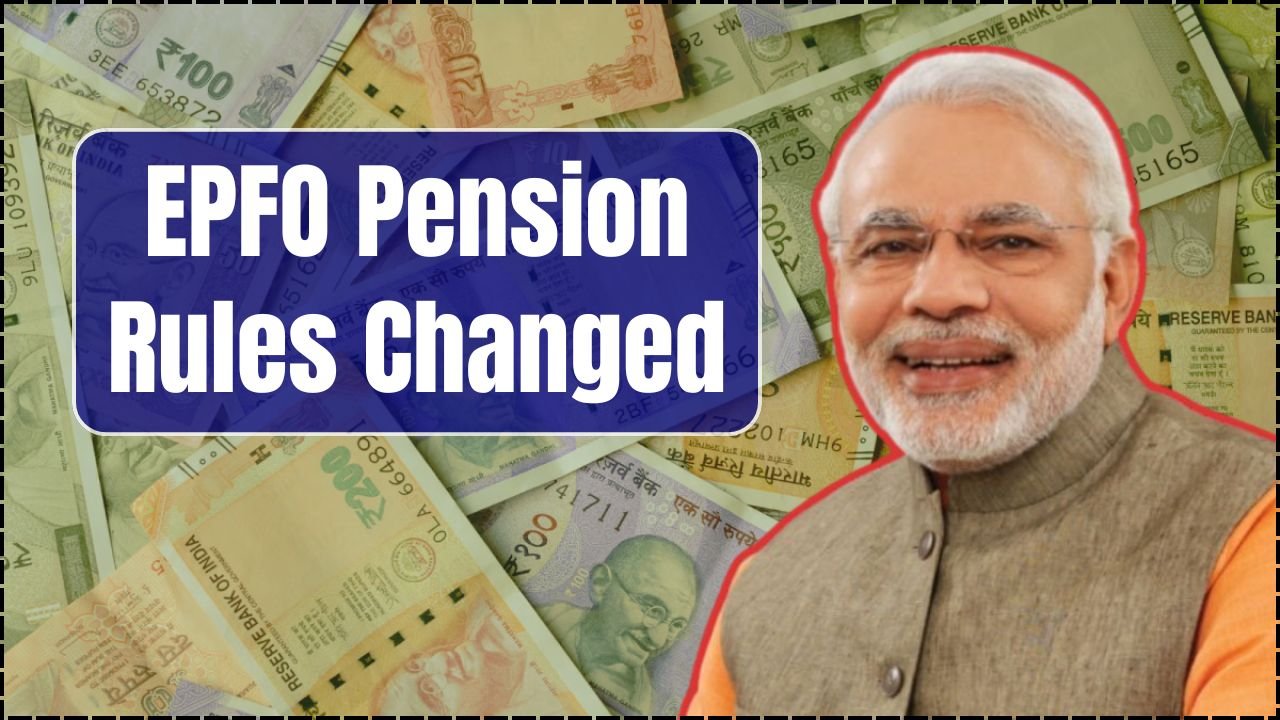
In the digital marketplace era, many Indians are discovering hidden treasures in their old wallets. Among the most surprising finds are certain ₹5 currency notes that can fetch extraordinary prices of up to ₹3 lakh from collectors.
This remarkable opportunity has transformed ordinary citizens into unexpected beneficiaries of India’s booming numismatic collecting industry.
Table of Contents
What Makes Your ₹5 Note Worth Lakhs?
Not all old ₹5 notes are valuable. Specific characteristics make certain notes highly sought-after by collectors.
The Golden Feature: Serial Number “786”
The primary value driver is the presence of “786” in the serial number. This number holds deep significance in Islamic culture, representing “Bismillah-ir-Rahman-ir-Rahim” in Abjad numerology.
Additional Valuable Features:
- Clear Mahatma Gandhi portrait on the front
- Agricultural imagery showing a tractor with seated farmer on reverse
- Vintage printing quality from pre-2005 editions
- Uncirculated or near-mint physical condition
These elements represent India’s post-independence vision and cultural heritage, appealing strongly to history enthusiasts and collectors.
Identification Checklist: Is Your Note Valuable?
Before rushing to sell, carefully examine your ₹5 note against these critical criteria:
| Feature | Requirement | Value Impact | How to Check |
|---|---|---|---|
| Serial Number | Must contain “786” consecutively | Critical – determines base value | Look for 786, 1786, 5786, or 78601 |
| Front Design | Clear Gandhi portrait visible | Mandatory for authenticity | Check image clarity and definition |
| Back Design | Tractor with seated farmer | Essential for full value | Examine agricultural scene completely |
| Physical State | No tears, folds, or stains | Determines final price tier | Assess overall condition carefully |
| Paper Quality | Original government printing | Authenticity verification | Feel texture and examine print quality |
Pro Tip: The serial number configuration proves most critical. Collectors specifically seek consecutive “786” digits in various positions.
Market Value Breakdown
Understanding pricing helps set realistic expectations for your sale.
Value Ranges by Condition:
- Perfect “786” + All Features (Uncirculated): ₹2,50,000 – ₹3,00,000
- “786” + Most Features (Near Mint): ₹1,50,000 – ₹2,50,000
- “786” + Some Features (Good Condition): ₹50,000 – ₹1,50,000
- Partial Features Only: ₹5,000 – ₹50,000
- Complete Matched Sets: ₹5,00,000+ (exceptional cases)
Special Cases: Sequential serial number sets can command ₹12 lakh or more, though such collections are extremely rare.
Best Online Platforms for Selling
Choose your selling platform strategically based on your target audience and transaction preferences.
Top Platform Options:
- OLX – Quick local transactions with free listings
- Quikr – Direct local sales with broad reach
- eBay India – Auction-style selling with national exposure (5-10% commission)
- Facebook Marketplace – Community-based reach through social networks
- Specialized Numismatic Sites – Target serious collectors with expert knowledge
Creating the Perfect Listing
Your listing presentation directly impacts sale success and final price.
Photography Essentials:
- High-resolution images showing both sides clearly
- Close-up shots of serial numbers and key features
- Natural lighting to reveal true colors and condition
- Multiple angles demonstrating overall state
- Timestamp or watermark for authenticity
Description Strategy:
Start with the “786” serial number prominently displayed. Describe all visible features systematically and include historical context about the note’s cultural significance.
Provide honest condition assessment and share any provenance information available.
Step-by-Step Selling Process
Phase 1: Preparation (1-2 days)
- Authenticate note features carefully
- Take professional-quality photographs
- Research current market prices
Phase 2: Platform Setup (1 day)
- Create optimized seller accounts
- Build professional profile presentation
- Understand platform-specific requirements
Phase 3: Listing Creation (2-3 hours)
- Write compelling, detailed descriptions
- Upload high-quality photographs
- Set competitive but realistic pricing
Phase 4: Marketing (Ongoing)
- Share listings on social media
- Post in collector groups and forums
- Respond promptly to inquiries
Safety and Security Protocols
High-value transactions require robust safety measures to protect against fraud.
Secure Payment Methods:
- Bank transfers with immediate verification
- Cash transactions in bank premises with security
- Verified UPI payments with receipts
- Platform-secured payment systems
- Escrow services for high-value transactions
Avoid These Payment Methods:
- Personal checks or demand drafts
- Cash-on-delivery without verification
- Wire transfers to unfamiliar accounts
- Unverified digital payment platforms
Additional Safety Measures:
- Meet buyers in public, secure locations
- Use banking premises for cash transactions
- Require signature confirmation for shipping
- Document all transaction communications
- Never share unnecessary personal information
Success Stories
Recent market activity demonstrates real potential. A Delhi resident successfully sold a pristine “786” series note for ₹2.8 lakh, while a Mumbai collector auctioned three related notes for ₹4.5 lakh.
These success stories highlight the importance of proper presentation and understanding collector preferences.
Market Outlook
The rare currency collecting market continues evolving, influenced by social media awareness and cultural trends. While increased public knowledge may moderate some prices as supply increases, it also creates broader market participation.
The convergence of cultural significance, collector interest, and digital marketplace accessibility creates unique opportunities for sellers who understand the market dynamics.
Conclusion
Selling old ₹5 notes for substantial sums represents a unique opportunity requiring careful authentication, strategic presentation, and diligent safety protocols.
Success depends on understanding exactly what collectors value, presenting notes professionally, and executing transactions safely. While not every old ₹5 note commands premium prices, those with specific collector-desired characteristics can generate significant income.
FAQ: How do I verify if my ₹5 note is genuinely valuable?
Check for “786” in serial number, clear Gandhi portrait, and tractor imagery – all features must be present for high value.
FAQ: What’s the safest payment method for high-value sales?
Use bank transfers with real-time verification or cash transactions at bank premises with security cameras.
FAQ: Should I get professional authentication before selling?
For notes potentially worth ₹1 lakh+, professional authentication may be worthwhile through numismatic societies.
FAQ: How long does it typically take to sell a rare ₹5 note?
Sales range from a few days to several months depending on pricing and presentation quality.





